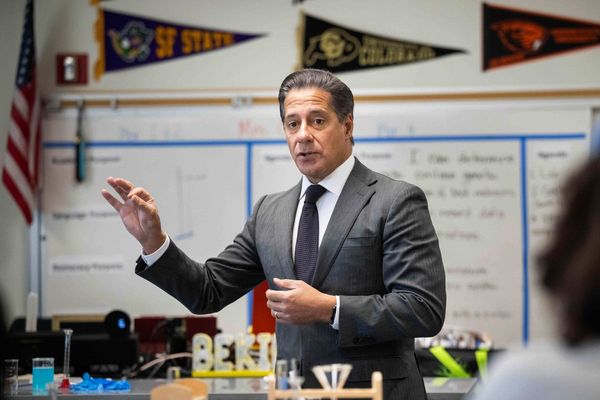The Eisenhower Expressway (I-290) is one of the state’s most important transportation networks, serving as the western gate to the city of Chicago and a major link in the transportation network serving northeast Illinois. I-290 connects commuters to the high employment centers, and it continues to serve as a multimodal interstate corridor, allowing for essential access to the Chicago Transit Authority Blue Line.
But the Eisenhower is also one of the oldest and most congested stretches of highway in the United States. This critical transportation corridor cannot effectively serve any of its intended purposes in its current state, which is why the Eisenhower Expressway is a prime candidate for federal grants under the Infrastructure Investment and Jobs Act. These funds would repair, improve, expand and modernize the highway and surrounding transportation infrastructure, moving the Eisenhower into the 21st century.
Gov. J.B. Pritzker and Mayor Lori Lightfoot have wisely made repairing and modernizing both the Eisenhower Expy. and the Chicago Transit Authority’s Blue Line a top regional priority. In May, the Illinois Department of Transportation and the CTA submitted a joint application for $400 million in federal infrastructure grants for the modernization of the Eisenhower and related work on the Blue Line, which would improve all modes of transportation to better serve the current and future needs of nearby residents and commuters.
Federal grants would allow the state to repair and modernize this critical transportation corridor, which will not only improve infrastructure but also rebuild and reconnect many of the economically disconnected communities along the Eisenhower corridor, creating thousands of good-paying jobs for residents and stimulating local economies in the process. The project would create over 14,000 direct jobs that pay an average of $81,000; support over 2,400 indirect jobs in industries such as manufacturing, finance and legal services; and induce over 5,000 additional jobs, adding an estimated $2.6 billion to the local economy and producing over $70 million in state and local tax revenue.
Once complete, the more efficient and less congested highway will also save commuters precious time and money.
The proposed I-290/CTA Blue Line reconstruction project intersects eight municipalities, including Chicago, Bellwood, Broadview, Forest Park, Hillside, Maywood, Oak Park and Westchester and includes highway improvements, enhanced mobility for transit, new pedestrian and transit access, and the promotion of carpooling. It would address the outdated highway design that causes bottlenecks, refurbish the 50-year-old underlying pavement and structurally deficient bridges, and enhance transit access to the Blue Line with improved sidewalks and pedestrian crosswalks. The concurrent CTA project would modernize and reconstruct the entire Forest Park Branch on the Blue Line.
The city of Chicago and the state of Illinois are and have long been transportation hubs, and with that comes jobs and economic opportunity. We cannot continue to succeed if one of our most important transportation corridors continues to fail.
The United States Department of Transportation stated it will prioritize projects that improve safety, economic strength and global competitiveness, equity and climate and sustainability when distributing Infrastructure Investment and Jobs Act grants, and the I-290/Blue Line reconstruction project does just that. We urge the U.S. DOT to grant IDOT and CTA the funds to support this critically important and widely beneficial project, and we stand ready to work with public and private partners to bring Eisenhower Expy. reconstruction to fruition.
Kevin Artl is president & CEO of the American Council of Civil Engineering Companies of Illinois. Jack Lavin is president & CEO of the Chicagoland Chamber of Commerce.
The Sun-Times welcomes letters to the editor and op-eds. See our guidelines.







